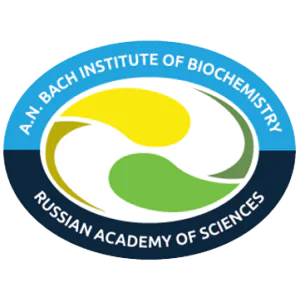
Probable Mechanisms of Doxorubicin Antitumor Activity Enhancement by Ginsenoside Rh2
Ginsenoside Rh2 increases the efficacy of doxorubicin (DOX) treatment in murine models of solid and ascites Ehrlich’s adenocarcinoma. In a solid tumor model (treatment commencing 7 days after inoculation), DOX + Rh2 co-treatment was significantly more efficacious than DOX alone. If treatment was started 24 h after inoculation, the inhibition of tumor growth of a solid tumor for the DOX + Rh2 co-treatment group was complete. Furthermore, survival in the ascites model was dramatically higher for the DOX + Rh2 co-treatment group than for DOX alone. Mechanisms underlying the combined DOX and Rh2 effects were studied in primary Ehrlich’s adenocarcinoma-derived cells and healthy mice’s splenocytes. Despite the previously established Rh2 pro-oxidant activity, DOX + Rh2 co-treatment revealed no increase in ROS compared to DOX treatment alone. However, DOX + Rh2 treatment was more effective in suppressing Ehrlich adenocarcinoma cell adhesion than either treatment alone. We hypothesize that the benefits of DOX + Rh2 combination treatment are due to the suppression of tumor cell attachment/invasion that might be effective in preventing metastatic spread of tumor cells. Ginsenoside Rh2 was found to be a modest activator in a Neh2-luc reporter assay, suggesting that Rh2 can activate the Nrf2-driven antioxidant program. Rh2-induced direct activation of Nrf2 might provide additional benefits by minimizing DOX toxicity towards non-cancerous cells.
Топ-30
Журналы
|
1
2
3
|
|
|
Phytomedicine
3 публикации, 37.5%
|
|
|
Frontiers in Pharmacology
1 публикация, 12.5%
|
|
|
Applied Mathematics and Nonlinear Sciences
1 публикация, 12.5%
|
|
|
Applied Biological Chemistry
1 публикация, 12.5%
|
|
|
Molecular Biology
1 публикация, 12.5%
|
|
|
Dose-Response
1 публикация, 12.5%
|
|
|
1
2
3
|
Издатели
|
1
2
3
|
|
|
Elsevier
3 публикации, 37.5%
|
|
|
Frontiers Media S.A.
1 публикация, 12.5%
|
|
|
Walter de Gruyter
1 публикация, 12.5%
|
|
|
Springer Nature
1 публикация, 12.5%
|
|
|
Pleiades Publishing
1 публикация, 12.5%
|
|
|
International Dose-Response Society
1 публикация, 12.5%
|
|
|
1
2
3
|
- Мы не учитываем публикации, у которых нет DOI.
- Статистика публикаций обновляется еженедельно.








